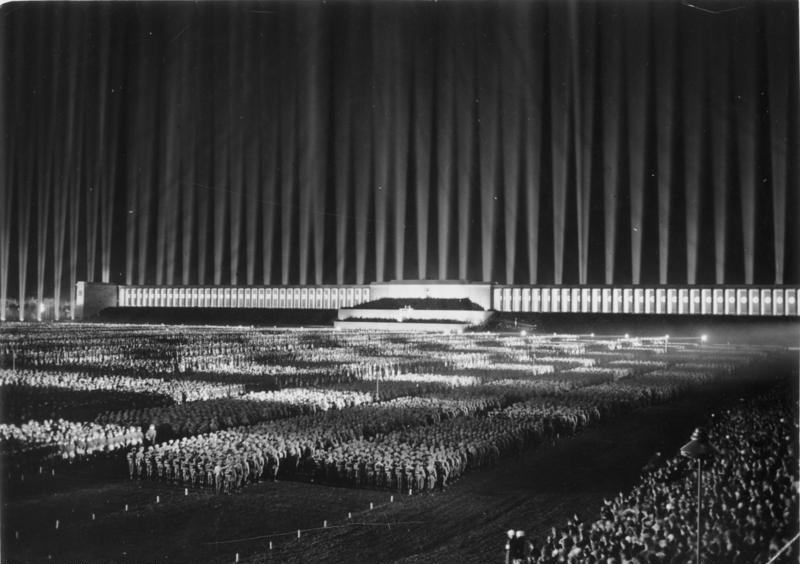Ciało ludzkie – ciało ludu w przestrzeni nazistowskiej
Abstrakt
During the Third Reich, the propaganda impact of architecture and space, cumulated in relation to the basic material provided by Volkskörper, ‘human architecture’. Not only were the bodies of an individual and a community the recipients of architecture or affected by its impact, but they also co-created it. The official Nazi assumptions interpreted in this light may allow, using the perspective of the peculiar features of the Third Reich architecture, to illustrate the relations between an individual and a group during the Nazi times. The analysis of the combination of the human body and resized space demonstrates that a symbolic immersion of an individual in Volksgemeinschaft does not only seem to annihilate him, but through that to incorporate him into the system of mindless obedience.
These issues will be discussed on the example of Poznań WW II projects, placed in the context of the selected model ones from Nuremberg and Weimar.
Downloads
Bibliografia
Bartetzko Dieter, Zwischen Zucht und Ekstase: Zur Theatralik von NS-Architektur, Berlin 1985.
Bauen unterm Hakenkreuz, Hg. Helmut Weihsmann, Wien 1998.
Dülffer Jost, Thies Jochen, Henke Josef, Hitlers Städte. Baupolitik im Dritten Reich. Eine Dokumentation, Köln–Wien 1978.
Grunberger Richard, Historia społeczna Trzeciej Rzeszy, Warszawa 1987, t. 1–2.
Berthold Hinz, Bild und Lichtbild im Medienverbund [w:] Kunst, Hochschule, Faschismus: Dokumentation der Vorlesungsreihe an der Hochschule der Künste Berlin im 50 Jahr der Machtübertragung an die Nationalsozialisten, Hg. Wolfgang Abramowski i in., Berlin 1984.
Hinz Berthold, Hans-Ernst Mittig, Wolfgang Schäche, Die Dekoration der Gewalt: Kunst und Medien im Faschismus, Giessen 1979.
Mayer Hartmut, Paul Ludwig Troost. „Germanische Tektonik” für München, Tübingen– Berlin 2007.
Mohler Armin, Die Konservative Revolution in Deutschland 1918–1932, Stuttgart 1950.
Neumann Boaz, Die Weltanschauung des Nazismus: Raum – Körper – Sprache, Göttingen 2010 (Schriftenreihe des Minerva Instituts für Deutsche Geschichte Universität Tel Aviv, Bd. 30).
Prinz zu Schaumburg-Lippe Friedrich-Christian, „Dr. G.” Ein Porträt des Propagandaministers, Wiesbaden 1964.
Pyta Wolfram, Hitler: Der Künstler als Politiker und Feldherr, München 2015.
Rauschning Hermann, Rewolucja nihilizmu, Warszawa 1996.
Rosenberg Alfred, Gestaltung der Idee, München 1936.
Waldenfels Bernhard, Architektonik am Leitfaden des Leibes [w:] Architektur im Zwischenreich von Kunst und Alltag, Hg. Eduard Führ, Hans Friesen, Anette Sommer, Münster–New York–München–Berlin 1997.


 Uniwersyteckie Czasopisma Naukowe
Uniwersyteckie Czasopisma Naukowe



